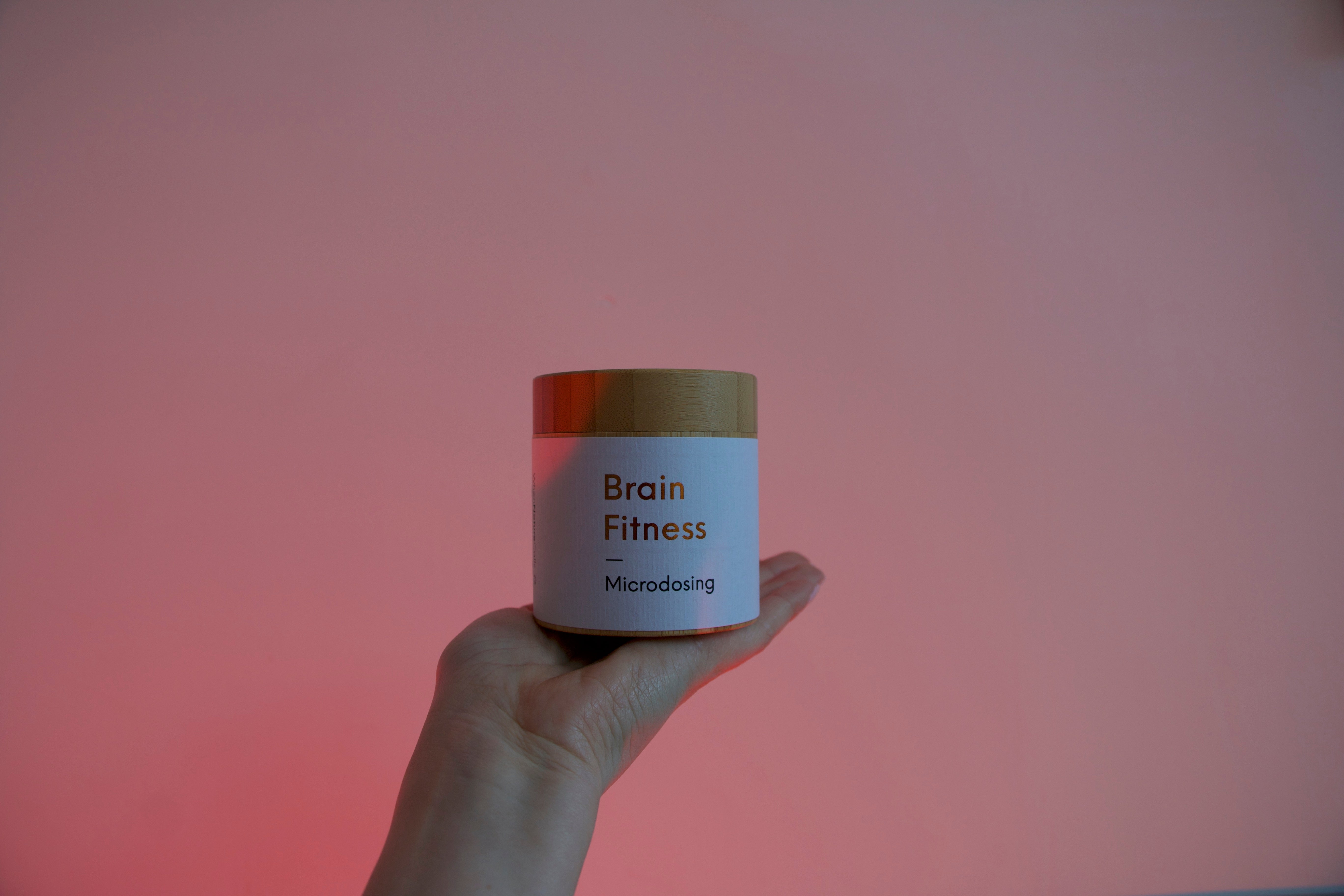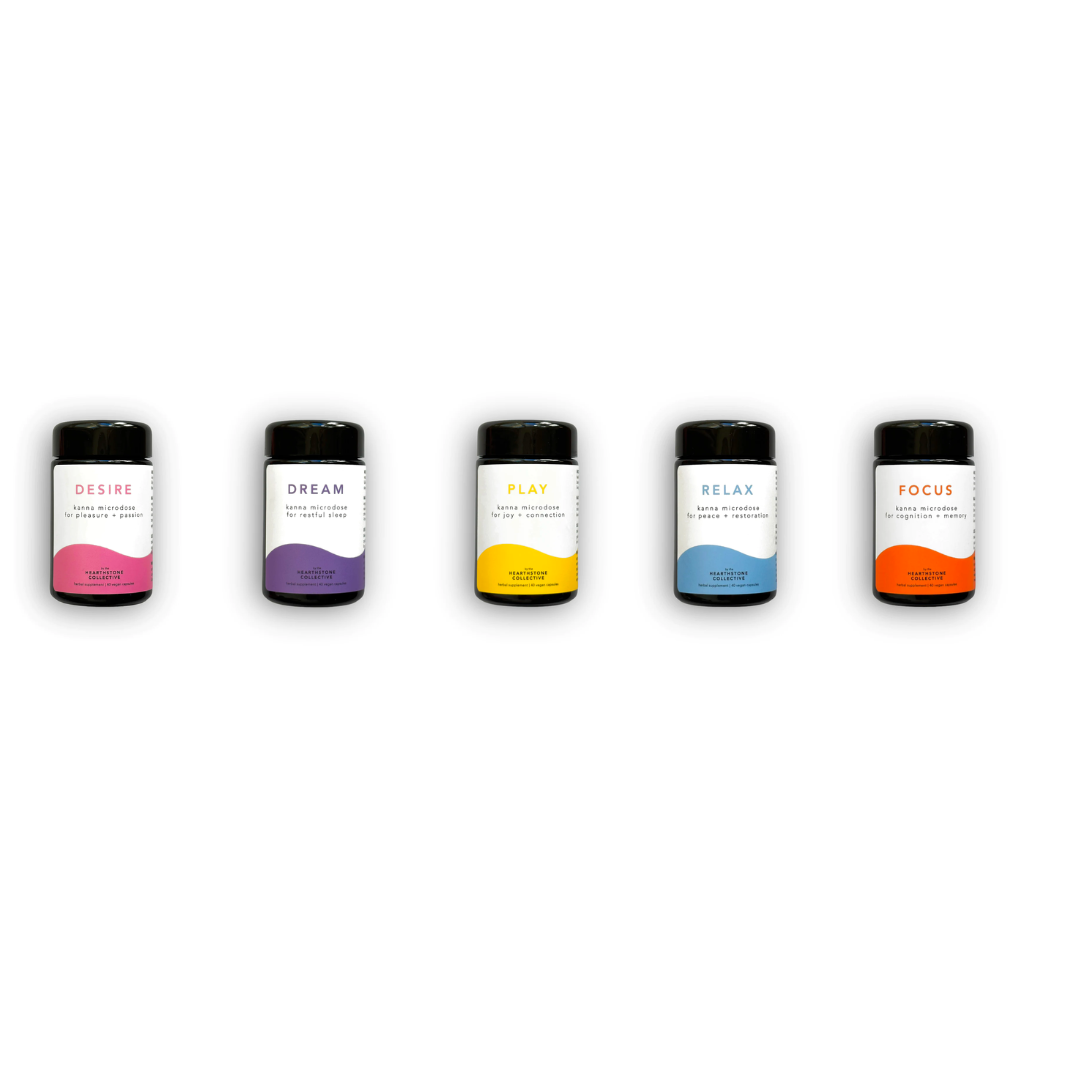
Back to basics: what is microdosing?
UNDERSTANDING MICRODOSING
WHAT ACTUALLY IS MICRODOSING?
Microdosing is a term that originates from the pharmaceutical industry. It refers to the use of 1% quantity of a standard drug dose. This term has been taken by Dr. James Fadiman, a leading figure in the field of psychedelic research, and applied to psychedelics. In his definition, a microdose is 10% of a standard dose of psychedelics. A standard psychedelic dose is 10 grams, therefore a microdose is 1 gram. The goal of taking a microdose is not to experience any kind of trance, but to stimulate positive health benefits. It can be reassuring to know that you would need to take at least 7 microdoses to even experience a mild psychedelic state.
WHAT MAKES IT SO POPULAR?
Microdosing is an increasingly trending practice that's gaining popularity as part of the "psychedelic renaissance." This resurgence of interest is fueled by recent scientific research, including studies conducted by top universities like Harvard Medical School and John Hopkins University, as well as the U.S. Food and Drug Administration (FDA). These institutions are exploring the vast potential of psilocybin, the active ingredient in magic truffles. This research is driving the renewed interest in microdosing, as it has been shown to have a wide array of benefits without intense psychedelic effects.
WHAT IS IT MADE OF AND WHAT DOES THIS DO TO THE BRAIN AND BODY?
Truffle microdoses are a natural source of psilocybin, a psychoactive compound that has been used for centuries for its mind-altering effects. As the truffle grows, the concentration of psilocybin gradually increases, making it a potent source of this powerful substance.
Interestingly, when we consume psilocybin, our bodies first need to break it down into psilocin before we can feel its effects. This transformation allows us to utilize it.
Psilocin acts on serotonin receptors in the brain, these are neurotransmitters that play a role in regulating mood, appetite, and other physiological functions. When psilocybin is ingested, it specifically binds to the 5-HT2A (a serotonin receptor) and activates it, leading to a cascade of effects that alter the activity of certain brain regions and neural networks.

5-HT2A receptors, are primarily located in the prefrontal cortex, an area of the brain that is involved in complex thinking, decision-making, and self-awareness.
When psilocin activates these receptors, it leads to a cascade of chemical changes in the brain, which ultimately disrupts the activity of the default mode network. You can think of 5-HT2A receptors like the controllers of the default mode network- in other words, they have the ability to “turn it off and on”.
The Default mode network is brain regions that are active when we are at rest and not engaged in any particular task. It is involved in self-referential thinking, introspection, and mind-wandering, among other functions.
By deactivating the default mode network, microdosing psilocybin can disrupt negative thinking patterns and shift the focus of attention away from the self and toward the present moment and external stimuli. This can lead to a sense of openness, curiosity, and acceptance, which can help to alleviate symptoms of depression and anxiety.
Furthermore, deactivating the DMN has been associated with increased functional connectivity between brain regions that are involved in emotional regulation and positive affect, such as the amygdala, the hippocampus, and the insula. This increased connectivity may help to improve emotional regulation and promote positive emotions, which can contribute to overall well-being and mental health.

Look familiar? this widely used image provides a visualization of connectivity between brain regions on and off psilocybin:
On the left you can see the state of brain connections in a brain that is not under the effect of psilocybin, while on the right you can see how the brains internal communication gets enriched by the influx of new connections being created because of the intake of psilocybin.
Curious to know more? Check out the original research paper that created this infamous image.
So far we have found out what a microdose is, how much to take, and some of the effects it can have on the brain and body. Curious to know the potential benefits? Click here to jump to this page.


